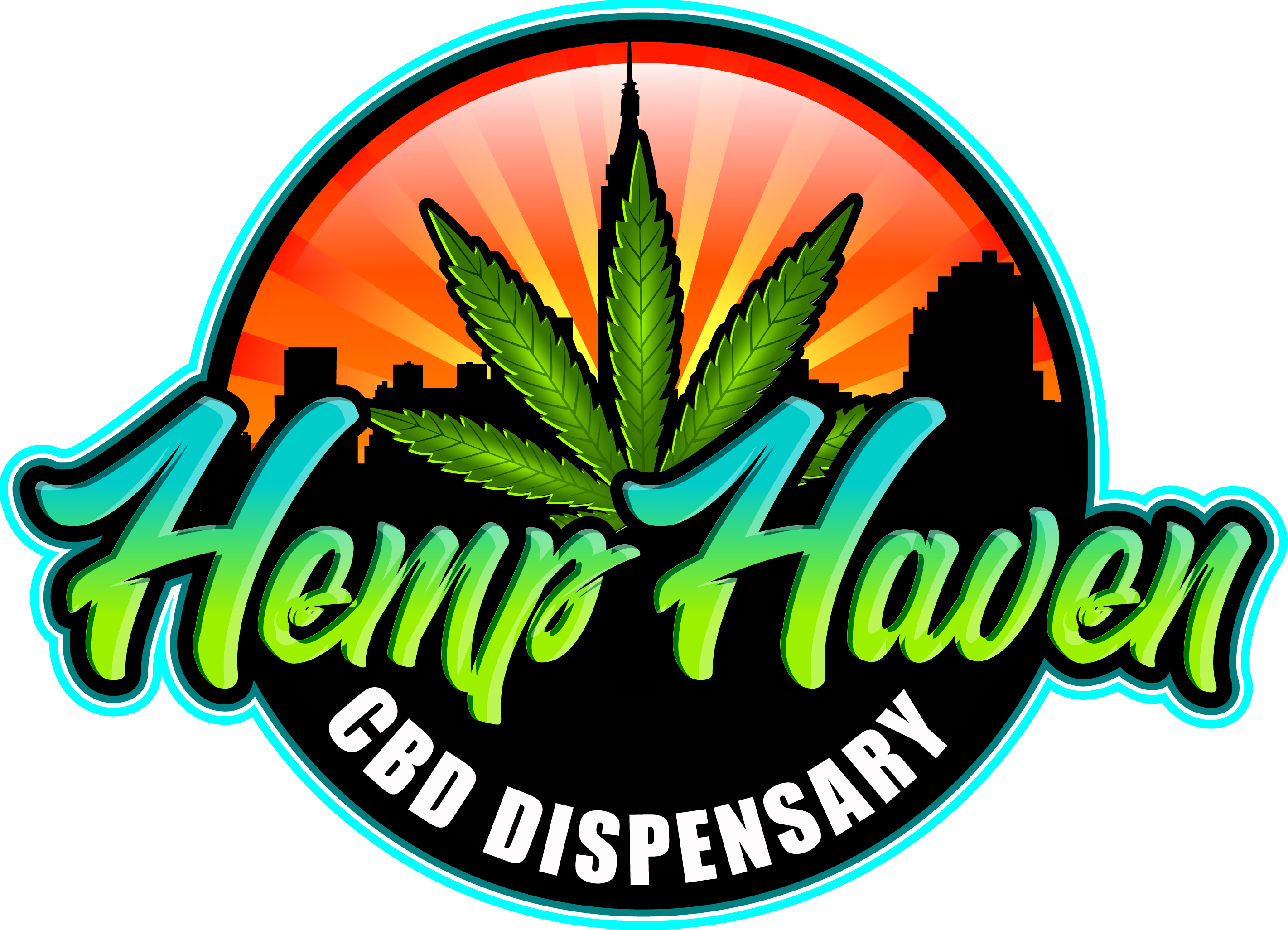When it comes to hemp and marijuana, there is often confusion and misinformation surrounding these two plants. Understanding the difference between hemp and marijuana is crucial, especially in today’s evolving landscape of cannabis legalization.
Hemp and marijuana are both members of the Cannabis sativa plant species, but they have distinct characteristics and uses. The primary difference lies in their chemical composition, specifically the levels of THC (tetrahydrocannabinol), the psychoactive compound responsible for the “high” associated with marijuana.
Hemp is cultivated for its industrial uses and has minimal THC content, typically less than 0.3%. It is valued for its fibrous stalks, which can be used to make textiles, paper, rope, and building materials. Additionally, hemp seeds and oil are rich in nutrients and are commonly used in dietary supplements, skincare products, and cooking.
On the other hand, marijuana is primarily grown for its high THC content, which can range from 5% to over 30%, depending on the strain. It is consumed for its psychoactive effects and is used both recreationally and medicinally.
Legally, the distinction between hemp and marijuana is significant. In many countries, including the United States, hemp is federally legal under the 2018 Farm Bill, while marijuana remains classified as a controlled substance. This legal distinction has paved the way for the booming hemp industry, with farmers, entrepreneurs, and consumers capitalizing on the versatile applications of this plant.
Educating oneself about the differences between hemp and marijuana is essential for navigating the emerging market of cannabis products. By understanding the distinctions in their chemical composition, uses, and legal status, individuals can make informed choices and dispel the confusion surrounding these two plants.
